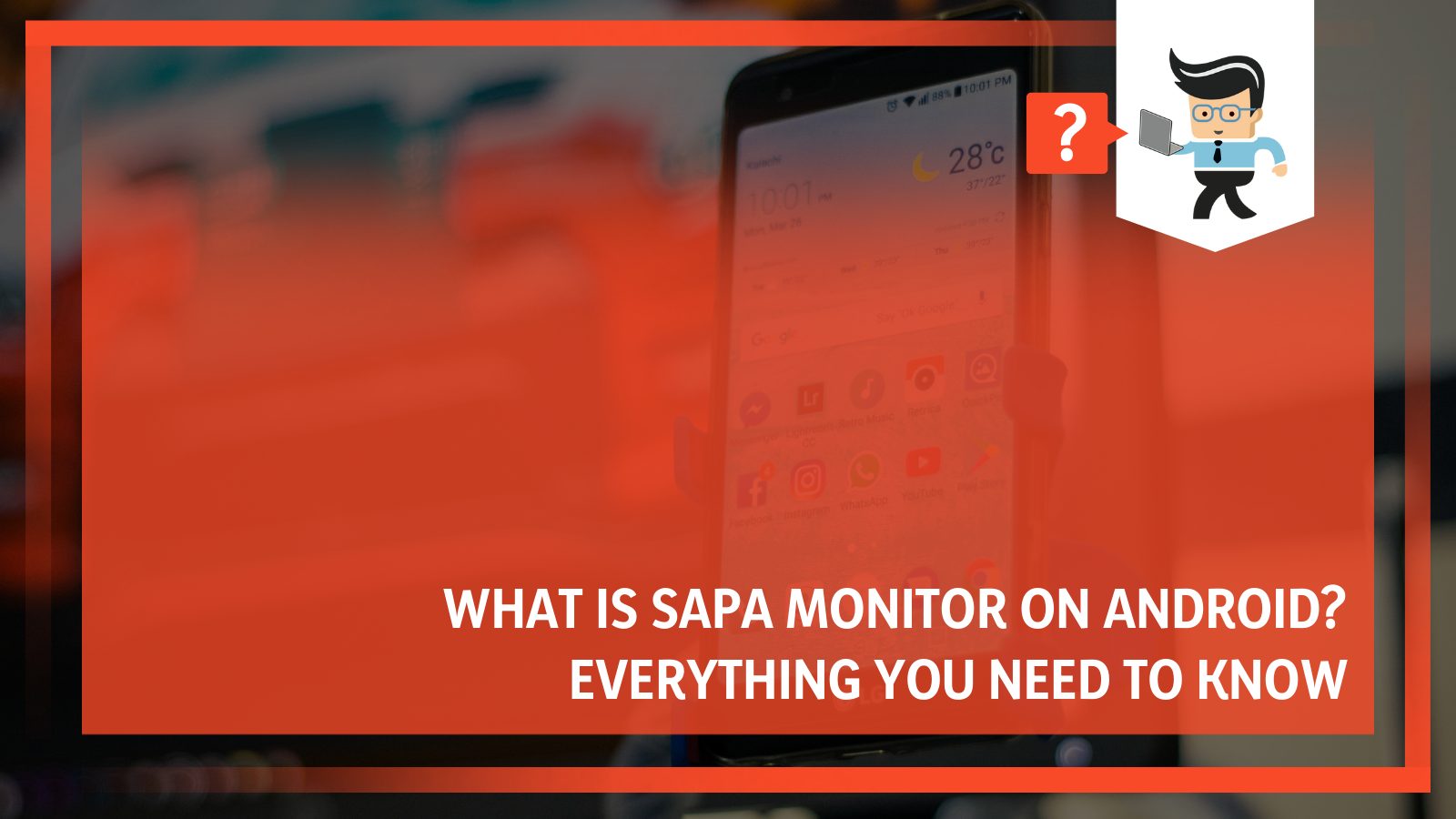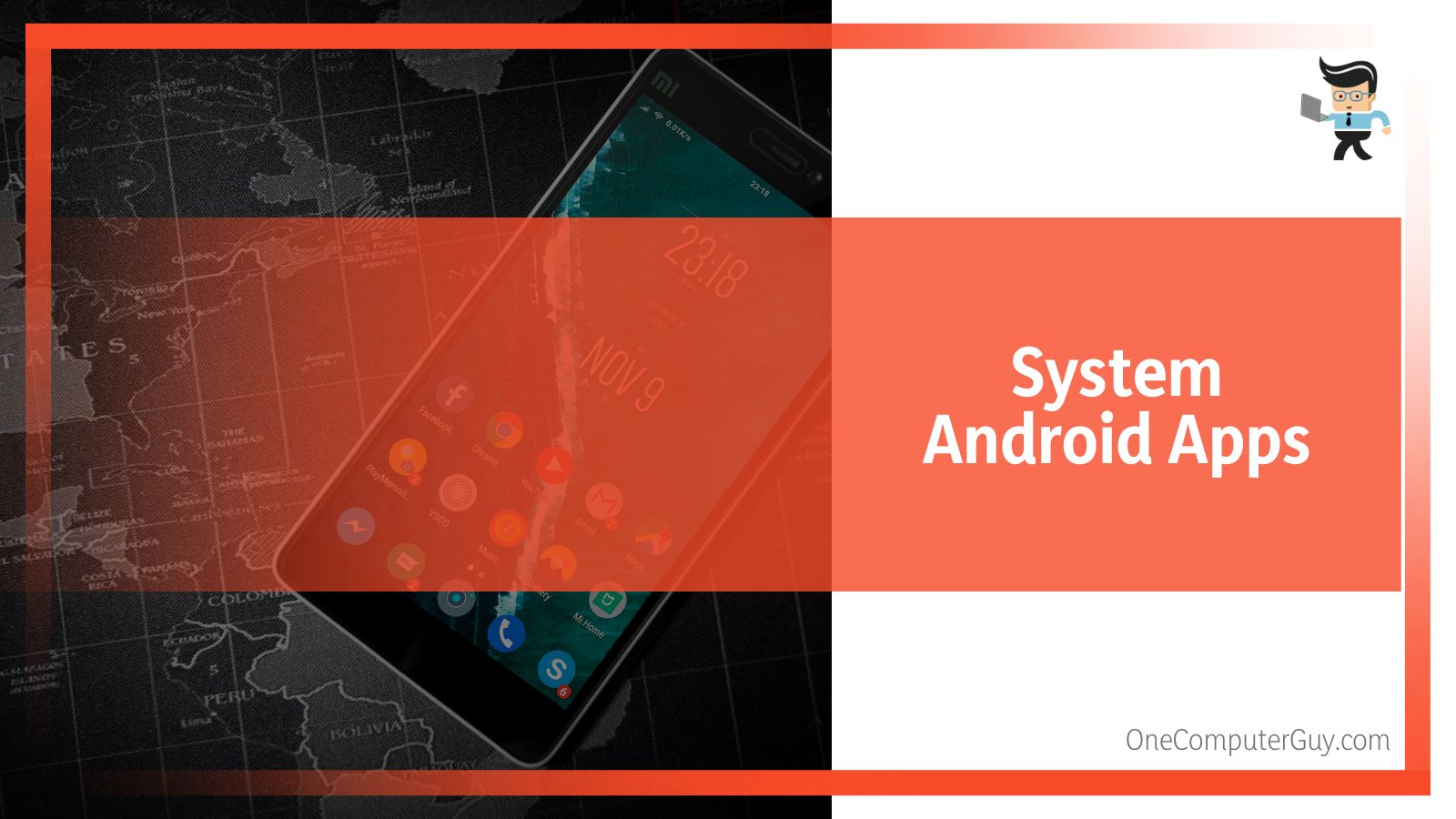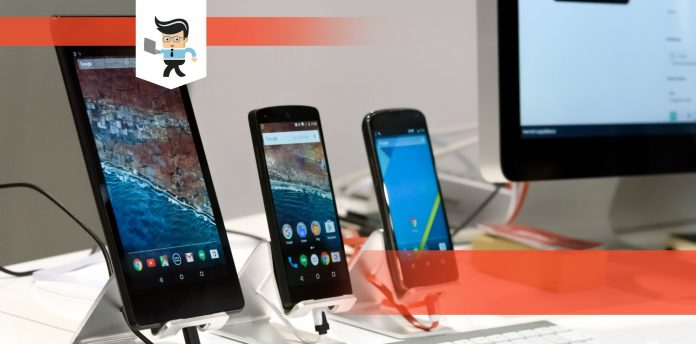If you find yourself asking “What is Sapa Monitor and why is it running as a background process on my Android phone?” then we’re here to shed more light on this system app, what it does, and why you need to keep it.

Using background audio in the Samsung Galaxy app store is a strong method for giving your users a more seamless audio experience, which is also where Sapa monitoring comes in.
So if you wish to know more about Sapa monitor and how it works, this article will be a trove of information about the subject. You will learn how to configure background audio, respond to device media controls, and interact with the background media player as well.
Contents
What Is Sapa Monitor App on My Android Phone?
Sapa monitor is an audio-processing android app used in the Samsung Galaxy generation. It quietly records music and scans the audio stream between 17 and 22 kHz for ultrasonic communications. A bandpass filter filters out frequencies lower than 17 kHz.
The program provides the user with the option to ban messages if any are found. This is an important app to have on your phone, but how exactly does it work?
– How It Works
When the Sapa monitor audio processing app was initially added to browsers, users had the option of writing bespoke audio processors using JavaScript code, which could then be used to alter audio in real-time.
Script Processor Node had the problem of running on the main thread, which prevented anything else from happening until it was finished. This was far from ideal for something that may be as computationally expensive as audio processing.
It’s important to take note that your processor may considerably benefit from being built using Web Assembly, which gives web apps near-native or entirely native performance. Audio processing can frequently demand significant work. Your audio processing technique will perform significantly better if you use Web Assembly to implement it.
– Remove or Keep the App
Just as programs like the camera, settings, messaging, Google Play Store, etc., come pre-installed with the phone, the Sapa monitor is also a pre-installed app. Due to this fact, manufacturers typically do not offer an option to remove such apps because doing so can affect how your device functions. Only a rooted device may be used to delete system apps.

A word of caution: only uninstall system apps that you are certain about, as doing so runs the risk of crashing the operating system. It’s okay to uninstall apps like Gmail, Google Play Music, Google Play Movies, etc., but never uninstall Google Play Store or any of the files connected to it.
– Devices With the Sapa App
Since the Sapa monitor app is a pre-installed audio processing app in the Samsung Galaxy devices, this app has been available in the initial models launched by Samsung as the audio processing system app. Later on, technology improved and the Sapa monitor app was no longer found in the latest models.
– Battery Drain
Yes, the app consumes the device’s battery, and consumption varies a little at the low to medium level. The usage will be higher, though, if you use your smartphone as a speaker to play music around you. In comparison with other system apps, the Sapa app’s battery consumption is less.
To prolong battery life and enhance user experience, iOS, unlike Android, places limitations on the use of background processing. It’s time for developers to lose control of their apps when they go into background mode. The system completely determines how and when your app is allowed to do your mission.
– System Android Apps
System apps are preloaded programs that come with a device, such as a clock and a calculator for Android or FaceTime and the iTunes Store for iOS. Even though many of these apps can’t be removed, you can still grant or deny users access to them.

In your ROM’s system partition, there are pre-installed “system apps.” In other words, an Android device’s “system app” folder is where apps designated as system apps are stored. A read-only folder is located in the system app, and no access to this partition is available to users of Android devices. Users are unable to install or uninstall programs on it directly.
This has caused considerable controversy among users of devices that have this option. Some users feel that it is not right for them to have no control over what apps are installed in their devices. Another point of contention is that these pre-installed apps eat up a portion of the device’s memory and also take part in battery consumption.
FAQ
– How Can I Use Internal Audio as the Microphone on Android?
Select to record internal audio (Android 10+) under the Audio options by scrolling down and choosing internal audio in the settings. With the help of ADV’s floating button, you may pause and resume recording without opening your notification shade. It can be deactivated if you don’t want it to appear in your screencasts.
Conclusion
We have now seen what exactly the Sapa monitor on your Android device is, as well as more information that pertains to this pre-installed app; here we have a summary covering the key points of the article.
- Pre-installed apps by the manufacturer are call system apps, and some of these apps cannot be deleted by the user.
- The sapa monitor is a system audio processing app, and it works automatically without you having to activate anything on it.
- The system apps can’t be removed by the users. The manufacturer typically does not support to remove them, which has caused considerable controversy regarding users’ control over their devices.
- Sapa monitor does not drain as much battery as other media apps in a standard Samsung device.
Sapa monitor was used in the initially manufactured Samsung Galaxy android phones. It was an excellent audio processing system app at that time, but with evolution, the technology improved and the sapa monitor got replaced by the updated version of Audio Remote.
After reading this guide, we hope you now understand how the app works, and hopefully it’ll prove to be beneficial for you too.







